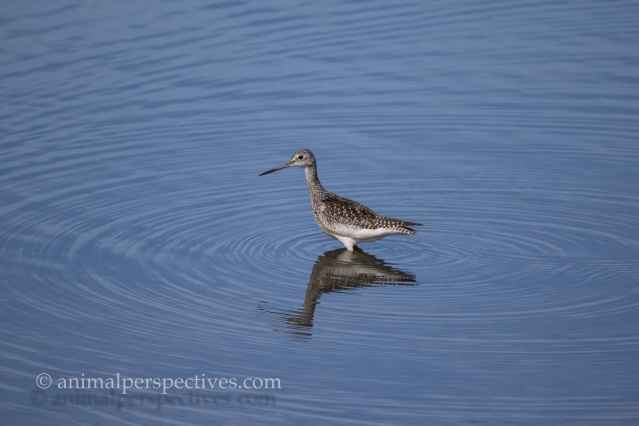Sign up for The Animal Perspectives Monthly.
Feathers set birds apart from any other animal on Earth. Plumage has a variety of important biological functions, including social signaling and survival.
Differences in size, color, weight, and over all appearance are examples of dimorphism in birds. Birds that do not exhibit key differences in size, color, and over all appearance are considered monomorphic.
Below are examples of birds that are monomorphic, or near monomorphic.
Canada Geese

Canada Geese. Image Credit: Animal Perspectives.

Canada Geese. Image Credit: Animal Perspectives.
American Crow

American Crows. Image Credit: Animal Perspectives.
Cedar Waxwing

Cedar Waxwing. Image Credit: Animal Perspectives.
Chipping Sparrow

Chipping Sparrows. Image Credit: Animal Perspectives.
European Starling

European Starlings. Image Credit: Animal Perspectives.
Black Vulture

Black Vulture. Image Credit: Animal Perspectives.
Killdeer

Killdeer. Image Credit: Animal Perspectives.
Brown Creeper

Brown Creeper. Image Credit: Animal Perspectives.
Greater Yellowlegs

Greater Yellowlegs. Image Credit: Animal Perspectives.
Egrets

Great Egrets and Snowy Egrets. Image Credit: Animal Perspectives.
Bald Eagle

Bald Eagle. Image Credit: Animal Perspectives.
Don’t forget to follow Animal Perspectives on Facebook, Twitter, and Pinterest!
Also read…
3 Tips for Successful Nest Monitoring
Nesting Season Part III: The Right Box for You
Wordless Wednesday: Black-Crowned Night Heron
List: The 16 Dos and Don’ts of Managing Your Nesting Boxes
5 Birds to Know in the Northeast this Spring
Sign up for The Animal Perspectives Monthly.
Is there a particular species of bird that you would like to see featured on our website?
Are you a nature writer/blogger and would like to write a guest blog for AnimalPerspectives.Com, or do a blog exchange?
Maybe you snapped a great photo and have a story you’d like to share with it?
Either way, drop us a line here! We’d love to hear from you!
Categories: Birds

You must be logged in to post a comment.